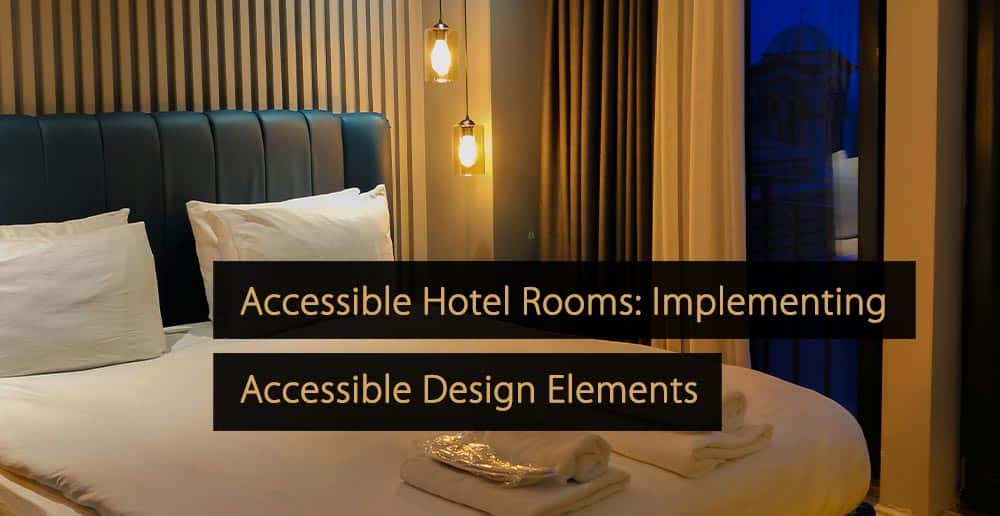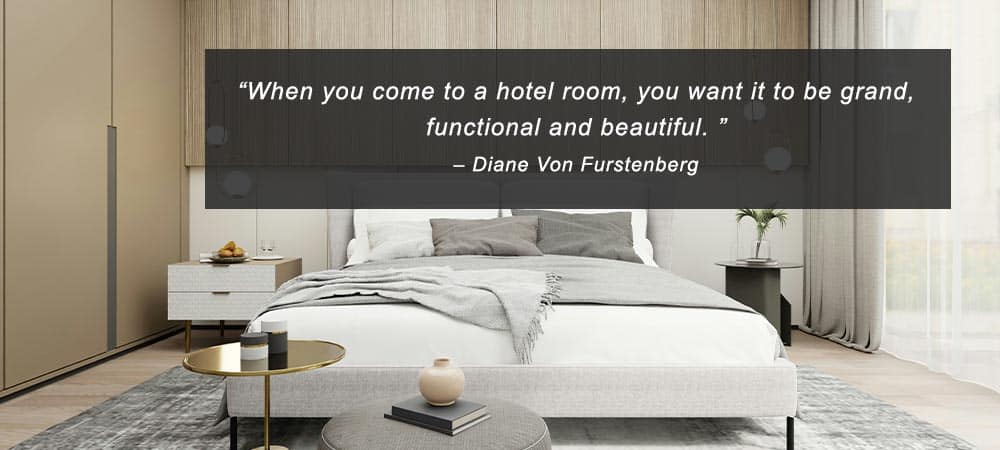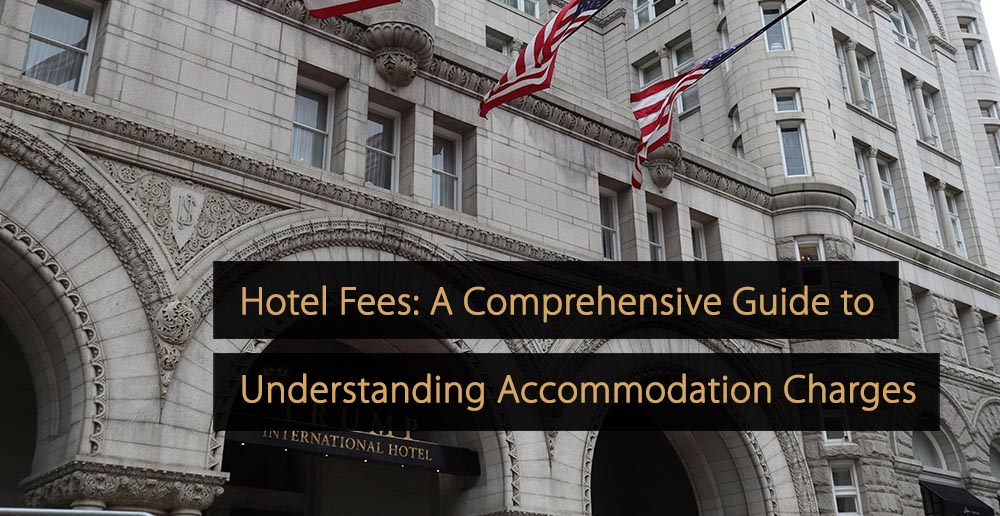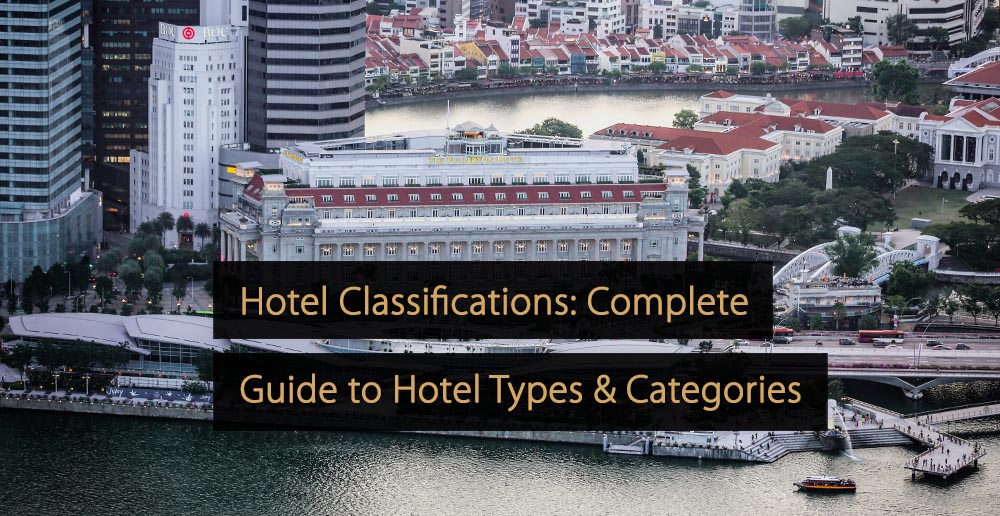Accessible hotel rooms are rooms that have been designed to cater to the needs of people with disabilities and other special requirements. These rooms may include adaptations made to improve comfort and ease of access for guests.
Providing accessible hotel rooms is important for the guest experience, helping many people to enjoy their stay. In many countries, the inclusion of a certain number of accessible rooms is also a legal requirement.
In this article, you can learn all about accessible hotel rooms, why they are so valuable, how they impact the guest experience and what the main accessible design elements actually are.
Table of Contents:
- What is an Accessible Hotel Room?
- Why Are Accessible Hotel Rooms Important?
- The Most Essential Design Elements for Accessible Rooms
- Make Sure Rooms Have Sufficient Space
- Be Careful When Choosing Hotel Beds
- Stay Practical With Your Room Design
- Create Rooms for Vision and Hearing Impairments
- Make Use of Automatic or Accessible Doors
- Provide Accessible Bathrooms for Guests
- Consider Your Emergency Processes
- Offer Some Additional Accessibility Elements
- Hotel Technology for Accessible Hotel Rooms
- Understanding Different Hotel Room Types
- The Key Benefits of Hotel Room Categories
What is an Accessible Hotel Room?
An accessible hotel room is a hotel room that has been designed to accommodate the needs of guests with disabilities and other special requirements. This includes people with mobility, vision, hearing and other impairments.
Accessibility as a concept is about ensuring all users are able to interact with products or services, regardless of ability and personal circumstances – with an accessible hotel meaning an accommodation business that can be used by anyone. For accessible room designs, those in hotel management should aim to remove the physical barriers to entry and comfort, so anyone can access, move around in and enjoy the room.
It is also important to highlight the requirement for easy access to the room itself. An accessible room should be able to be used by a guest in a wheelchair, or using other equipment for mobility. This means you should be able to reach and enter the room without needing to go up a stairway or through an area that cannot accommodate a wheelchair.
Video: What Makes a Hotel Room Wheelchair Accessible?
Why Are Accessible Hotel Rooms Important?
Accessible hotel rooms are important because many hotel guests will have disabilities and other special needs or requirements. These needs can often make the use of a standard hotel room difficult or impossible.
The topic of accessibility is not simply about catering to the preferences of guests. Instead, it is about providing for the needs of guests who may have impairments or other reasons for requiring specific features or hotel facilities. An accessible hotel room provides guests with the ability to enjoy their stay with dignity and a level of independence. Guests living with disabilities should not be required to ask for help to get to their room, or move around in it.
A variety of features may be present in an accessible hotel, such as accessible bathrooms with accessible baths or showers. Grab bars in the bathroom can also help to provide extra stability. Sufficient physical room and clear floor space can ensure guests in wheelchairs are able to move around the room without obstructions.
It is also important for hoteliers to understand their legal obligations. In many countries around the world, it is a legal requirement for a certain number of hotel rooms to be accessible rooms. Even when this is not the case, being able to promote accessible rooms through marketing content can generate additional bookings.
The Most Essential Design Elements for Accessible Rooms
Below you will find a breakdown of essential design elements for accessible hotel rooms:
1. Make Sure Rooms Have Sufficient Space
Accessible hotel rooms need to have a sufficient amount of space to move around in. This refers not only to floor space, but physical space in general, including headroom and space for people to stretch their arms and legs.
Physical space is essential for room accessibility because there must be enough room for any essential equipment and accessories. This may include wheelchairs, walking frames and various other items.
You also need to make sure your rooms have enough space to allow wheelchair access to the bathroom.
2. Be Careful When Choosing Hotel Beds
The beds in an accessible hotel room need to be appropriate for guests with different disabilities. In particular, you need to think carefully about the height of the bed and how comfortable it is.
Height is important because guests in wheelchairs need to be able to transfer themselves from the wheelchair to the bed. This also means there must be sufficient space around the bed to facilitate this action.
Generally, an accessible bed should have a mattress that sits around 50cm from the ground. An alternative to this is to provide a bed that allows guests to freely adjust the height to suit their needs.
3. Stay Practical With Your Room Design
Furniture and the placement of specific room features is an important part of creating accessible hotel rooms. While you should still feel free to get creative, you need to stay practical too.
Vital elements to consider here include the placement of elements like light switches and door handles. These all need to be within reach of people with different ability levels and personal circumstances.
The furniture in the room also needs to be selected carefully, with a focus on comfort and ergonomics.
4. Create Rooms for Vision and Hearing Impairments
Accessible hotel rooms should consider the specific needs of people with vision and hearing impairments. Think carefully about room elements people would usually need to see or hear.
This is important because some of these elements are critical for safety, like fire alarms. Other elements are everyday conveniences that hotel guests rely on, like clocks and wake-up alarms.
AI voice assistants can allow visually impaired people to ask for the time and receive it in spoken form. Meanwhile, vibration and light-based alarms can replace sound-based alarms for people with hearing impairments.
Video: Deaf Accessibility In Hotels
5. Make Use of Automatic or Accessible Doors
Automatic doors are an important feature in hotels in general and could potentially be fitted to accessible hotel rooms. Alternatively, you may opt for other types of accessible doors.
The value of accessible doors is impossible to overstate because doors provide both access and a sense of privacy. Doors on accessible rooms should be able to be used by people with a wide range of disabilities.
For instance, some guests may be unable to grip door handles, or even reach them. Think about alternative solutions, like doors that open on a simple button press, or doors that open based on motion.
6. Provide Accessible Bathrooms for Guests
Accessible bathrooms are bathrooms that can be accessed by people with disabilities and impairments. Crucially, the key features of the room should also be easy for these guests to use.
All of your guests will need to use the bathroom and accessibility features can provide a sense of dignity and personal independence. The room needs to be big enough to accommodate a wheelchair too.
It is especially important to focus on baths or showers, because conventional baths are not accessible for many people.
7. Consider Your Emergency Processes
You need to make sure guests with disabilities and impairments can be alerted to emergency situations. As mentioned, light and vibration-based alarm systems are some of the biggest hotel trends in this area.
However, beyond this, you also need to think about emergency processes, like evacuations. This is critical because disabled guests are going to be among the most vulnerable in emergency situations like fires or natural disasters.
Ensure guests can get out of accessible hotel rooms easily and make their way out of the building without encountering unnecessary obstructions. The route from these rooms to exits must be clear and sufficiently spacious.
8. Offer Some Additional Accessibility Elements
While this article is primarily concerned with accessible hotel rooms, these rooms can only function within an accessible hotel. This means other elements within your hotel need to be adapted to meet people’s needs.
Providing accessibility options throughout your hotel is essential for the guest experience. It is the basis on which you can promote your hotel to people who require accessibility features.
Make sure the approach to your hotel and the entrance and reception are fully accessible. Provide elevators and ramps to allow wheelchair access. Avoid cluttered layouts that could obstruct wheelchairs as they move around the hotel.
Hotel Technology for Accessible Hotel Rooms
There are a variety of hotel technology solutions that can be used to make hotel rooms more accessible:
- Motion-Activated Technology: Lights and taps or faucets that are activated by simple motions can help people with certain disabilities to use the essential features of a room.
- Door Handles and Buttons: Accessible options for opening doors, such as door opening buttons or accessible door handles, can help to ensure people with dexterity impairments can enter and exit the room freely.
- Voice-Controlled Devices: Smart speakers, voice assistants and similar technology can help people to activate lights, smart devices and other technology in the room without the need to physically press buttons.
- Physical and Visual Alarms: Light-based and vibration-based alarm systems can alert guests to emergencies or serve as a morning alarm for guests who have hearing impairments.
Understanding Different Hotel Room Types
In addition to accessible hotel rooms, there are a wide range of possible room types in an accommodation business. Common examples of this include deluxe rooms, studio rooms, suites, honeymoon suites and penthouse suites. Some hotels also classify rooms by occupancy, with examples including single rooms and double rooms.
In the “Hotel Room Types & Room Pricing Tips for Hoteliers” article, you can find a complete breakdown of the main room types found in hotel properties, complete with explanations of how these rooms are defined.
The Key Benefits of Hotel Room Categories
Accessible hotel rooms are one category of hotel rooms, but rooms can be categorized in many different ways. For instance, you may categorize rooms by occupancy (single rooms, double rooms) or by bed type (king, queen). Rooms can also be categorized by layout, hotel amenities, hotel services or by expected guest type (e.g. bridal suites).
In the “Hotel Room Category: Learn About Categorizing Hotel Rooms” article, you can learn the reasons for creating hotel categories, explore common categories and understand how these categories can increase revenue.
Did You Like This Article about Accessible Hotel Rooms?
You might also be interested in the following articles:
- Wheelchair Accessible Hotels: Real Examples of Accessible Hotels
- Hotel Designs: Inspirations for Hoteliers for New Design Hotels
- Smart Hotel Room; What Are the Benefits for Hotel Owners and Guests
- Hotel Innovations; Different Ways to Revolutionize Your Hotel Business
- Mobile Check-In App for Hotels: What Are The Benefits?
Accessible hotel rooms are an essential inclusion in an accommodation business, catering to the needs of guests with disabilities and other special requirements. Not only are accessible rooms a legal obligation in many countries, they are also a great way to maximize your potential customer base and improve guest satisfaction levels.
More Tips to Grow Your Business
Revfine.com is the leading knowledge platform for the hospitality and travel industry. Professionals use our insights, strategies, and actionable tips to get inspired, optimize revenue, innovate processes, and improve customer experience.Explore expert advice on management, marketing, revenue management, operations, software, and technology in our dedicated Hotel, Hospitality, and Travel & Tourism categories.
This article is written by:
Hi, I am Martijn Barten, founder of Revfine.com. With 20 years of experience in the hospitality industry, I specialize in optimizing revenue by combining revenue management with marketing strategies. I have successfully developed, implemented, and managed revenue management and marketing strategies for individual properties and multi-property portfolios.










Leave A Comment